Collective Self-consumption
Be part of a sustainable community.
Join the energy transition movement and explore innovative solutions for a more sustainable future. Collective Self-Consumption is one of these solutions—discover how it can transform the way we consume and share energy.
What is Collective Self-consumption?
Collective Self-Consumption allows multiple consumers to share the energy produced by one or more Self-Consumption Production Units (Unidade de Produção para Autoconsumo - UPAC, in Portuguese), such as solar panels. It is a flexible and accessible solution for apartment buildings, businesses, and local communities that wish to support the transition to renewable energy sources.
Anyone can join a collective self-consumption group. Members of the energy community can be both consumers and/or producers of energy, with the sharing typically managed by a Collective Self-Consumption Management Entity (Entidade Gestora do Autoconsumo Coletivo - EGAC), appointed by the respective members, which represents the collective self-consumption group to operators and administrative entities.
Refer to the collective self-consumption regulations for further clarification, or download our complete step-by-step guide to learn how you can become a collective self-consumer (PDF - 14.68 MB).
Any type of establishment can be a part of an energy community, including townhouses, apartment blocks, condominiums, or businesses.
The initial step will be to select a representative, who will be designated as the Collective Self-Consumption Managing Entity (Entidade Gestora do Autoconsumo Coletivo - EGAC). This entity will be responsible for managing the community's activities and coordinating with all stakeholders throughout the process.
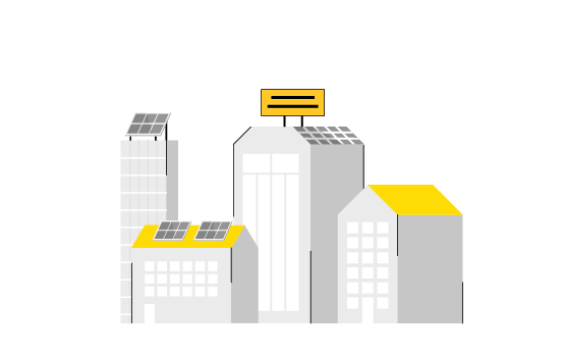
The EGAC must register the collective self-consumption or the energy community on the portal of the Directorate-General for Energy and Geology (DGEG), identifying the role of each installation in the community (consumer, producer, or prosumer).
It is also possible to identify production facilities that are not yet built, but intend to join the community in the registration.
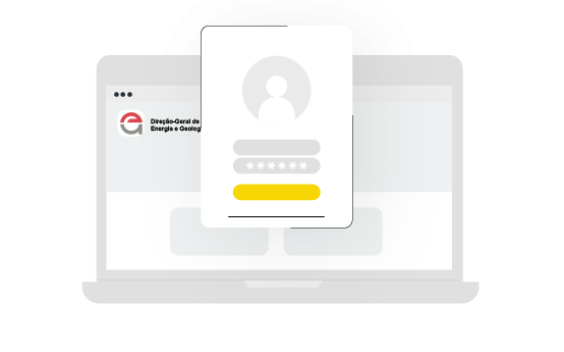
The DGEG will analyse the proximity between different community members, and E-REDES will assess the electrical network capacity to support collective self-consumption, as well as the possibility of using the Public Service Electricity Network (RESP).
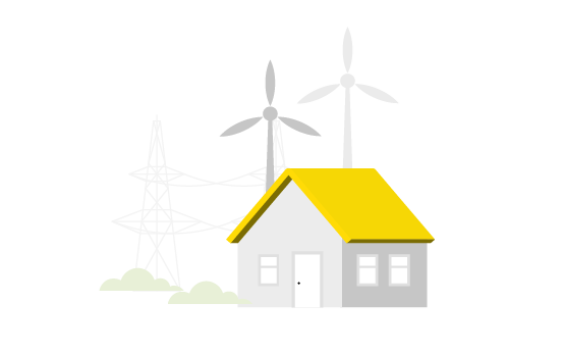
Throughout the entire process, EGAC can monitor the progress through the DGEG portal, while each member can track the status of their respective installation through the link sent by E-REDES.
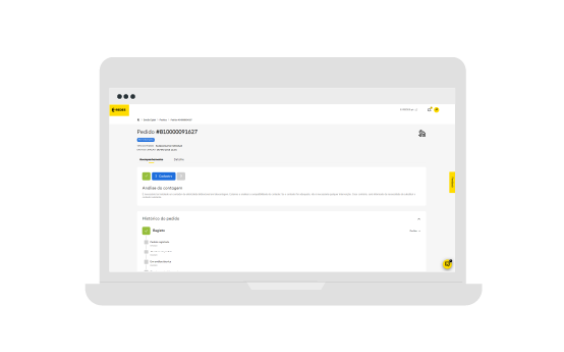
At this stage, E-REDES will verify the meters to ensure they are suitable for self-consumption. If they are not, E-REDES will ensure their adequacy. The producer is responsible for ensuring the adequacy of meters that are not the responsibility of E-REDES, according to current regulations.
You can check approved meters in this file (XLSX - 0.012 MB).
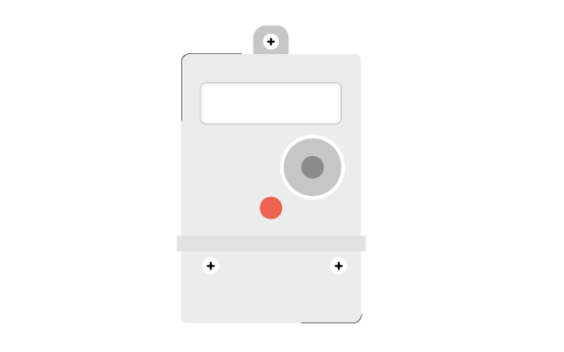
The EGAC must request certification from the DGEG, and once certified, the community will be officially recognised and will begin sharing energy with a predefined sharing coefficient (proportional to consumption).
This coefficient determines how the produced energy will be distributed among community members.
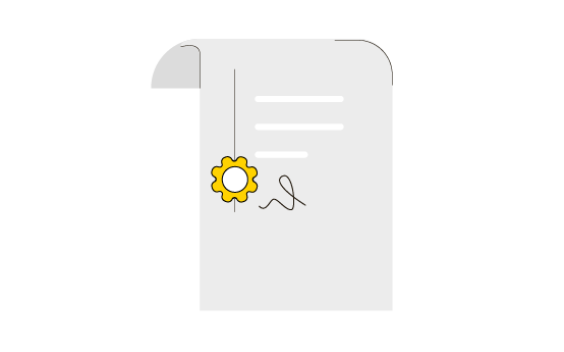
If the EGAC wishes to change the predefined sharing coefficient, they must inform E-REDES through the reserved online area for Self-Consumption Manager.
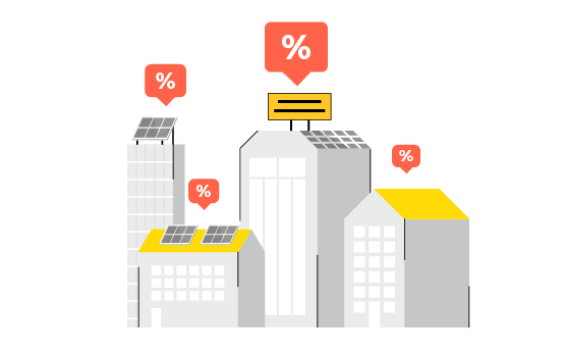
If at the beginning of the process E-REDES indicated the need to use the Public Service Electricity Network (RESP), the EGAC must, at this stage, enter a network usage contract with E-REDES, which can also be done through the dedicated online area for the EGAC.
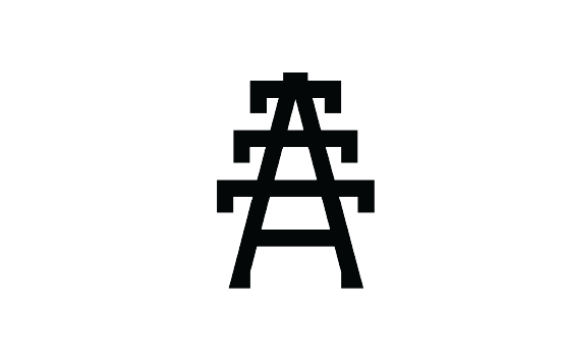
Your community is established, and you can now benefit from the energy produced and shared by it!To monitor all information regarding your installation and your consumption/injection, you can consult the E-REDES Digital Counter or use the E-REDES Digital app.
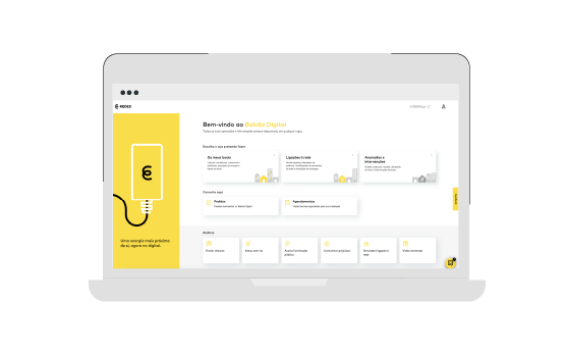
How does energy sharing work in Self-Consumption?
What is the sharing coefficient?
The sharing coefficients are percentages that indicate how the produced energy is distributed among the members of the community. Each participant's sharing coefficient is predefined at the time of registration and is proportional to their consumption. After the community is certified and operational, the EGAC can adjust the Sharing Coefficient.
Changing the sharing coefficient
If the EGAC wishes to change the predefined sharing coefficient, it must notify E-REDES through the reserved area for the Self-Consumption Manager.
Find out more on this page.
A Pilot Project is underway in which we are studying energy sharing with hierarchical and dynamic coefficients.
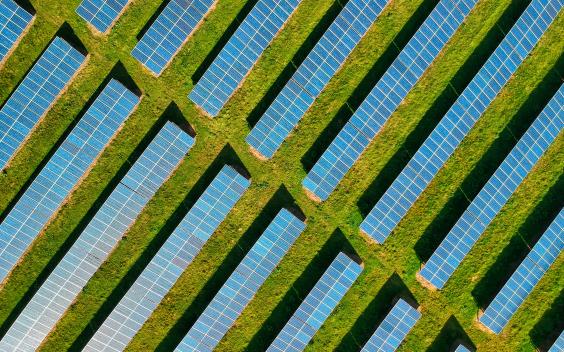
How does E-REDES provide data?
It is the responsibility of the Distribution Network Operator (Operador da Rede de Distribuição - ORD) to ensure commercial relationships as defined by the regulations of the electrical system's regulatory body, as well as to collect, process, and provide data related to self-consumption.
The ORD is also responsible for calculating the energy to be shared among the associated consumption or self-consumption installations and issuing invoices in accordance with the applicable legislation and regulations.
For more information, consult Regulation No. 373/2021 | DR (diariodarepublica.pt).
1. Start by logging in. Once you are in the Digital Counter, choose the “Os meus locais” (“My locations”) option;
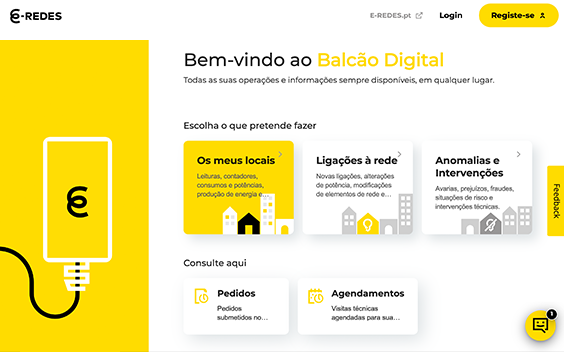
2. Then select "Produção, consumos e potências", which translates to “Production, consumption, and power”;
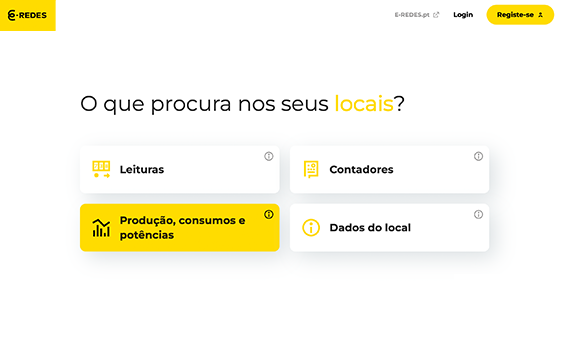
3. Then select “Consultar histórico” (View history);
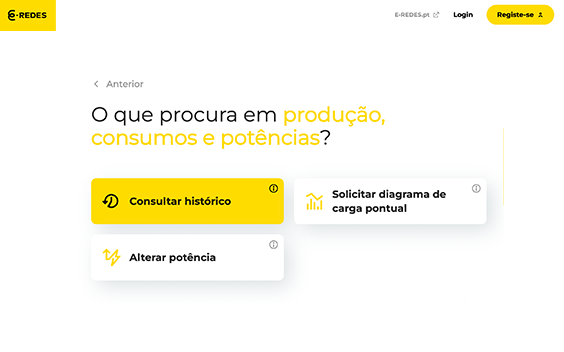
4. Next, you must select the place of consumption you wish to consult;
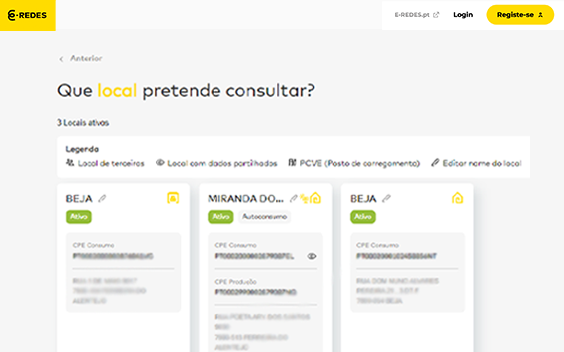
5. You then access the Diagrama de Cargas, which translates to Load Diagram, where you can visualise your data on:
- Consumo registado (Registered consumption);
- Produção registada (Registered production);
- Consumo medido na IC (Consumption measured at the Consumption Facility);
- Injeção na rede medida na IC (Injection into the network measured at the Consumption Facility).
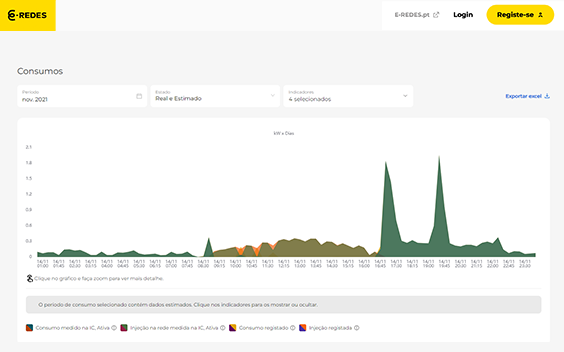
Energy sharing is calculated based on the model defined by the EGAC for determining the sharing coefficients.

Find the answers to your questions on our frequently asked questions page.
